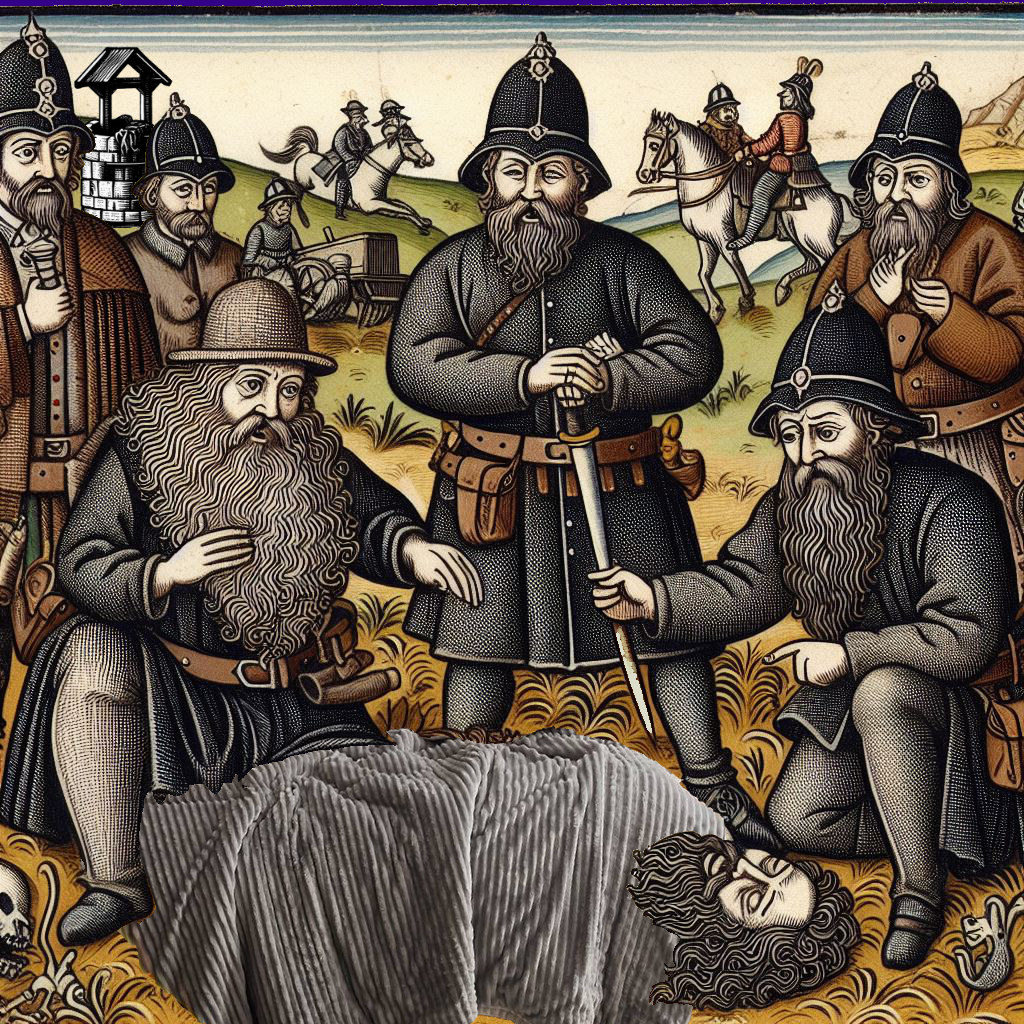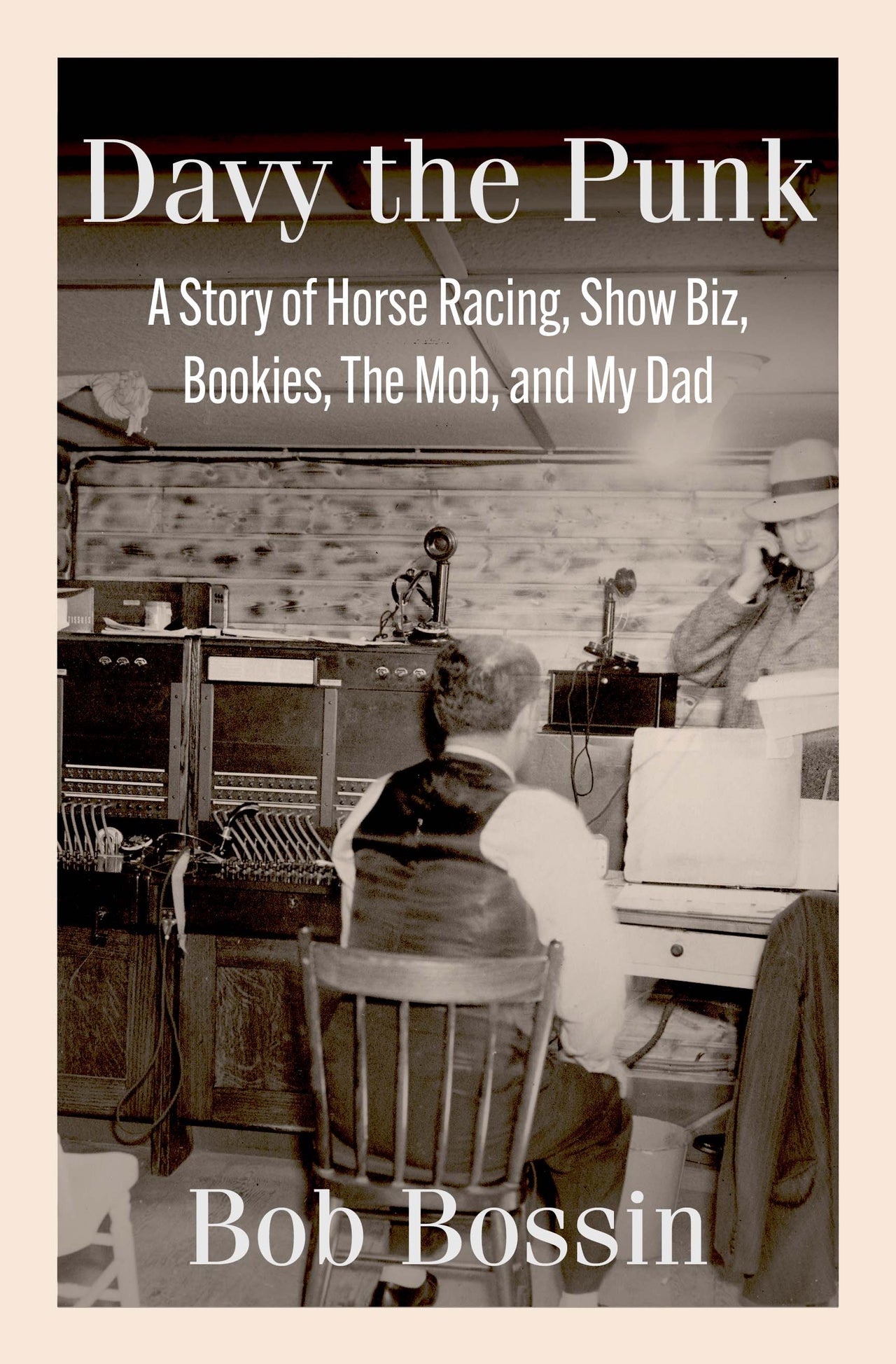A friend once told me he thought I'd seen more movies than anyone else he'd ever known. I also seem to recall him rolling his eyes a bit when he said that. I didn't mind. I'm well aware that I spend a lot of time in fantasyland, and I also realize that even though I've enjoyed a great many of those movies, I've also seen many that were a stupendous waste of time.
My post today is about some that weren't.
An Unscientific Study
First, I should point out that my all-time favorite movies (Jaws, The Godfather, Jurassic Park, To Kill a Mockingbird, Casablanca, Raiders of the Lost Ark, L.A. Confidential, 12 Angry Men, Once Upon a Time in the West, The Silence of the Lambs, Aliens, Lonesome Dove, The Big Lebowski, etc., are some of them) aren't included in the following list. Why? Because you've probably seen them. All of those are well-known.
I also didn't include three that I would've listed among the unknowns a few years ago--Galaxy Quest, In Bruges, and Blood Simple--because they've recently become more popular, maybe because viewers like me have tried to tell everyone about them. (If you haven't seen those, I suggest you treat yourself.)
Anyhow, here are my recommendations of movies of all genres that you might not know about but that I think are cool enough to watch many times each (the ones I consider the very best are at the top of the list):
50 Hidden Gems (and some Guilty Pleasures)
Sands of the Kalahari (1965) -- Stanley Baker, Stuart Whitman, Susannah York
The Dish (2000) -- Sam Neill, Patrick Warburton
Before the Devil Knows You're Dead (2007) -- Ethan Hawke, Philip Seymour Hoffman
Medicine Man (1992) -- Sean Connery, Lorraine Bracco
A History of Violence (2005) -- Ed Harris, William Hurt
The Spanish Prisoner (1997) -- Steve Martin, Campbell Scott
Signs (2002) -- Mel Gibson, Joaquin Phoenix
From Noon till Three (1976) -- Charles Bronson, Jill Ireland
Always (1989) -- Richard Dreyfuss, Holly Hunter, John Goodman
Wait Until Dark (1967) -- Audrey Hepburn, Alan Arkin, Richard Crenna
Monsters (2010) -- Scoot McNairy, Whitney Able
Suburbicon (2017) -- Matt Damon, Julianne Moore, Oscar Isaac
An Unfinished Life (2005) -- Robert Redford, Morgan Freeman, Jennifer Lopez
The Last Sunset (1961) -- Kirk Douglas, Rock Hudson, Dorothy Malone
Wind River (2017) -- Elizabeth Olsen, Jeremy Renner, Graham Greene
The Hanging Tree (1959) -- Gary Cooper, Karl Malden, George C. Scott
The Gypsy Moths (1969) -- Burt Lancaster, Gene Hackman, Deborah Kerr
The Ghost and the Darkness (1996) -- Michael Douglas, Val Kilmer
Magic (1978) -- Anthony Hopkins, Ann-Margret, Burgess Meredith
Ransom (1996) -- Mel Gibson, Gary Sinese, Rene Russo
Under Siege (1992) -- Steven Seagal, Tommy Lee Jones, Gary Busey
Third Man on the Mountain (1959) -- James MacArthur, Michael Rennie, Janet Munro
Lady in the Water (2006) -- Bryce Dallas Howard, Paul Giamatti
The Rocketeer (1991) -- Billy Campbell, Jennifer Connelly, Timothy Dalton
Sorcerer (1977) -- Roy Scheider, Chick Martinez
Secondhand Lions (2003) -- Robert Duvall, Michael Caine, Haley Joel Osment
Shadow in the Cloud (2020) -- Chloe Grace Moretz, Taylor John Smith
Vanishing Point (1971) -- Barry Newman, Cleavon Little
Used Cars (1980) -- Kurt Russel, Jack Warden
A Life Less Ordinary (1997) -- Holly Hunter, Ewan McGregor, Cameron Diaz
Waterhole #3 (1967) -- James Coburn, Carroll O'Connor, Claude Akins
Brassed Off (1996) -- Pete Postlethwaite, Tara Fitzgerald
The Ballad of Cable Hogue (1970) -- Jason Robards, Stella Stevens
Fall (2022) -- Virginia Gardner, Grace Caroline Currey, Jeffrey Dean Morgan
Out of Sight (1998) -- George Clooney, Jennifer Lopez
Night Moves (1975) -- Gene Hackman, Jennifer Warren, Melanie Griffith
Silver Bullet (1985) -- Gary Busey, Corey Haim, Everett McGill
While You Were Sleeping (1995) -- Sandra Bullock, Bill Pullman
Idiocracy (2006) -- Luke Wilson, Maya Rudolph
Stranger than Fiction (2006) -- Will Ferrell, Emma Thompson, Dustin Hoffman
Lockout (2012) -- Guy Pearce, Maggie Grace, Peter Stormare
Someone to Watch Over Me (1987) -- Tom Berenger, Mimi Rogers, Lorraine Bracco
Amelie (2001) -- Audrey Tautou, Jean-Pierre Jeunet
Joe vs. the Volcano (1990) -- Tom Hanks, Meg Ryan, Lloyd Bridges
No Way Out (1987) -- Kevin Costner, Gene Hackman, Sean Young
Kings of the Sun (1963) -- Yul Brynner, George Chakiris, Shirley Anne Field
Necessary Roughness (1991) -- Scott Bakula, Kathy Ireland, Evander Holyfield
Cat People (1982) -- Nastassja Kinski, John Heard, Malcolm McDowell
No Escape (2015) -- Owen Wilson, Pierce Brosnan, Lake Bell
The Blue Max (1966) -- George Peppard, Ursula Andress, James Mason
Questions for the Class
Have any of you seen these? Did you like 'em? Any additions to the list? Full disclosure, here: Also among my favorites of the well-knowns are Die Hard, Blazing Saddles, and Rustler's Rhapsody, so you should consider that before taking any of what I say too seriously. But thanks for indulging me.
Have fun at the movies!















































